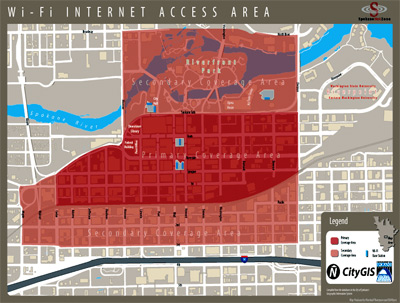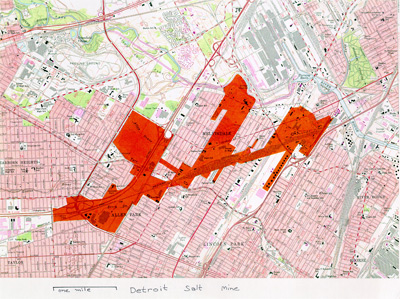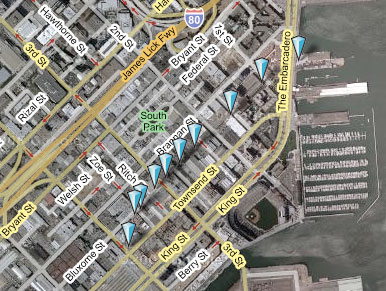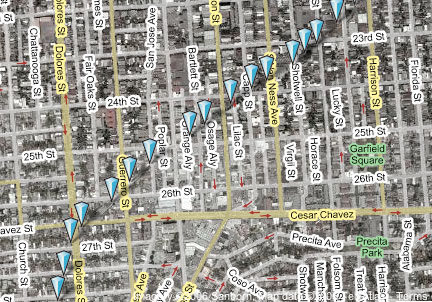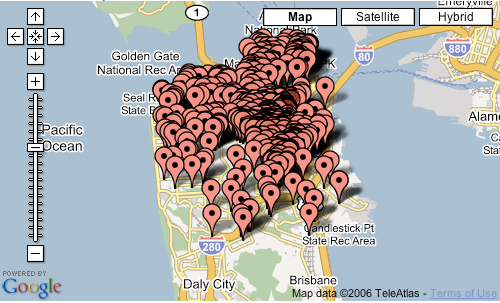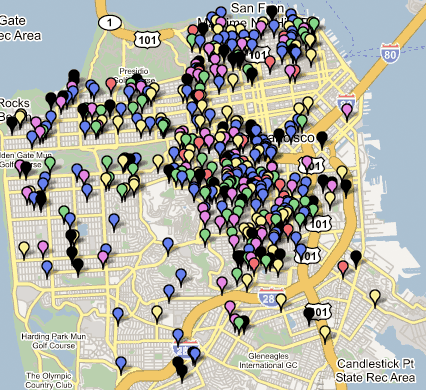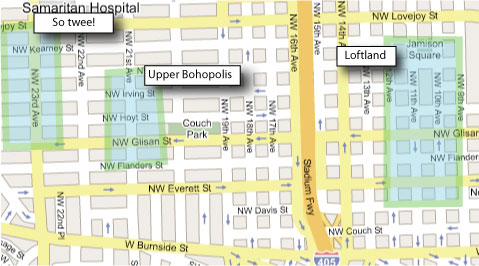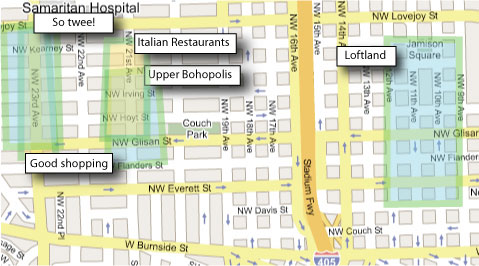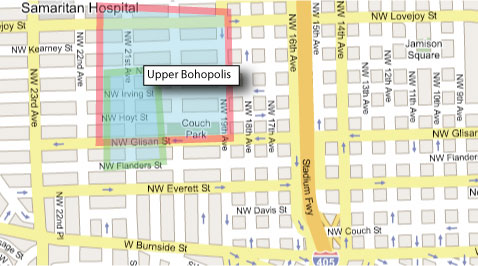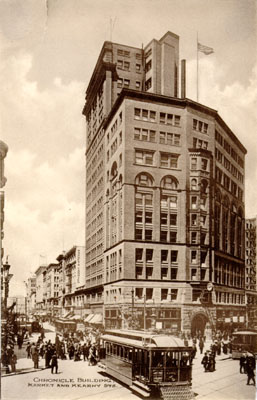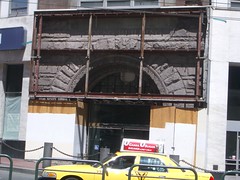Geotagging site history
Reading a geolocation paper gave me an idea that I'm not going to implement, but may be an interesting exploration of using location as a memory aid when looking up browser history.
The idea is to use Firefox 3's new Places bookmarking and history service to store the location of where a web page was viewed, and to allow users to sort their history based on location in addition to time and alphabetically (the two current options).
Places rewrites the browser's history and bookmark capability as a single database. Being a database, it allows every entry in the database (every "entity"? I don't know my database terminology well) to have additional fields. Places defines two fields up front: Annotations and Tags (Zotro's influence perhaps?), but there's no reason that either location couldn't be squeezed into one of those fields, or defined as a field itself. You could start with the Wifi SSID. Here's a script to extract that on Mac OS X 10.4, for example:
cd /System/Library/PrivateFrameworks/Apple80211.framework/Versions/Current/Resources
airport -I | grep \ SSID - | awk '{print $2}'
Liz correctly points out that mapping meaningful physical location to either a set of GPS coordinates or an SSID ('linksys', for example) is a significant problem, but I think that SSID-based organization would be an interesting place to start. Moreover, as things like browsers become more portable thanks to dedicated browsing devices and mobile phones, using available information to associate information with location may become increasingly more valuable.
The Site Diet
I'm pretty impressed with Firefox Places in terms of the vision. It's the first rethink of an old and crusty corner of web browsing that hasn't changed significantly in more than 10 years. The Places system keeps track of every visit to a given URL implicitly (as kind of a byproduct of it keeping all activity in a database keyed to URLs) and to me this opens the possibility of many new kinds of visualizations of personal online behavior: where have I been? how long was I there? what did I do there? Google currently keeps track of that for you in its history, but that's pretty creepy. Places moves that kind of information gathering back into the sphere of the end user.
I would also like to use it to remind me of what I'm doing on the Web as I'm doing it. I get distracted by the Web easily (as I know many people do) and end up spending hours on things that aren't high on my list of priorities. I've tried many techniques to combat this and the best browser-based one I've found is the Stealth Kiwi Greasemonkey script. It's a good way to remind myself to stay focused and it works pretty well, but it's a pretty crude solution, kind of stomping on my web use regularly. With the Places API, I imagine having a Site Diet countdown timer next to each URL. I could in advance define how many times I felt I was allowed to visit a site per day or per week (I suspect it would be a default for all sites, with some exceptions, much as Stealth Kiwi works now), and when that countdown timer expired, well, that was it: no more checking my friends photos on Flickr or reading about embarrassing hometown political scandals until tomorrow.
I think it would be pretty straightforward to write Firefox extensions to do either the location-based history or the Site Diet, but I'm too busy making ThingM go, so here, Internet, you can have these ideas. ;-) And thank you Firefox team!
